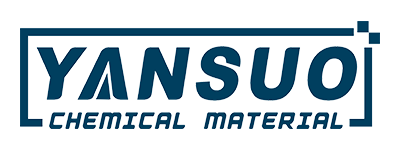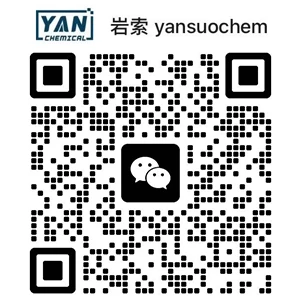Photoinitiator 784 ( Bis(2,6-difluoro-3-(1-hydropyrrol-1-yl)phenyl)titanocene ): The Benchmark for High-Efficiency Visible Light Curing
Abstract:
Photoinitiator 784 (chemical name: Bis(2,6-difluoro-3-(1-hydropyrrol-1-yl)phenyl)titanocene ) is a high-performance photoinitiator responsive to visible light and near-ultraviolet light. It is particularly suitable for low-energy curing systems, such as LED-UV curing, 3D printing, dental materials, and high-end electronic packaging. Its unique titanocene structure endows it with excellent photostability and low oxygen inhibition characteristics. At the same time, it has the advantages of low yellowing, low odor, and high reactivity. This article will comprehensively analyze the technical advantages of photoinitiator 784 from aspects of molecular structure, photochemical reaction mechanism, product characteristics, and application fields.
1. Product Introduction
Photoinitiator 784 is an organometallic complex type photoinitiator.
★ Structure: As shown in the following

★ Appearance: Orange powder

★ Melting range: 165-170ºC
★ Broad spectrum absorption range:
It can effectively absorb light in the range of 350-450 nm (covering UV-A and visible light), and perfectly matches the 395 nm LED light source, which is energy-saving and highly efficient.

2. Product Characteristics
★ Deep curing ability:
The titanocene structure provides excellent light penetrability, making it suitable for thick coatings or highly filled systems (such as colored paints and composite materials).
★ Low oxygen inhibition:
It has a high free radical generation efficiency and is less interfered by oxygen, making it suitable for scenarios with high surface curing requirements (such as adhesives and coatings).
★ Low yellowing & low volatility:
The decomposition products are colorless and have no irritating odor, meeting the strict requirements of food packaging, medical devices, etc.
★ Excellent thermal stability:
It is not easy to decompose during long-term storage in premixes, improving the stability of the production process.
3. Reaction Principle:
The High-Efficiency Photoactivation Mechanism of Titanocene
Photoinitiator 784 generates active free radicals through the ligand-to-metal charge transfer (LMCT) mechanism under light irradiation:
★ Photoexcitation:
After absorbing photons, the electrons in the titanocene center jump from the pyrrole ligand to the titanium atom (Ti⁴⁰→Ti³⁰).
★ Ligand dissociation:
The excited-state molecule releases a pyrrole radical, and at the same time, a low-valence titanium intermediate is generated.
★ Free radical initiation:
The pyrrole radical attacks the monomer (such as acrylate) to trigger polymerization, and the titanium intermediate can further participate in secondary reactions.
This mechanism has a high quantum efficiency and is sensitive to long-wavelength light. It is particularly suitable for low-energy curing (such as LED-UV). Compared with traditional photoinitiators (such as photoinitiator 1173 and photoinitiator 184), the energy consumption is reduced by more than 30%.

4. Application Fields: The First Choice for High-Value-Added Industries
(1) LED-UV Curing Inks & Coatings
★ Packaging and Printing:
Used for the flexible packaging of food and pharmaceuticals, complying with the low-migration regulations (EU 10/2011).
★ Electronic Products:
UV coating for mobile phone casings, which can be cured quickly without thermal damage.
(2) 3D Printing & Stereolithography
★ Dental Restoration:
Used in conjunction with a 405 nm DLP printer to produce high-precision dental crowns and invisible aligners, with excellent biocompatibility.
★ Industrial Prototyping:
Uniform curing of thick-layer resins (such as high-temperature-resistant engineering plastics).
(3) Electronic Packaging Materials
★ Optical Clear Resin (OCR):
Used for the bonding of display screens, with no bubbles and low shrinkage after curing.
★ Photoresist:
Achieves micron-level patterning in the manufacturing of flexible printed circuit boards (FPC).
(4) Medical & Cosmetics
★ Dental Adhesives:
Cured by visible light, with a controllable operation time.
★ Nail Gel:
Cured at a low temperature without damaging the nail surface, and the color is long-lasting.
5. Conclusion:
Revolutionizing Curing Technology and Empowering Green Manufacturing
With its characteristics of visible - light response, high efficiency, environmental protection, and safety, Photoinitiator 784 is gradually replacing traditional ultraviolet photoinitiators and becoming the new favorite in the high - end photocuring market. Whether it is to reduce energy consumption, improve product performance, or meet strict regulatory requirements, it can provide reliable solutions.
If you have any product requirements or technical inquiries, please feel free to contact us at any time.
Look forward to cooperating with you!





